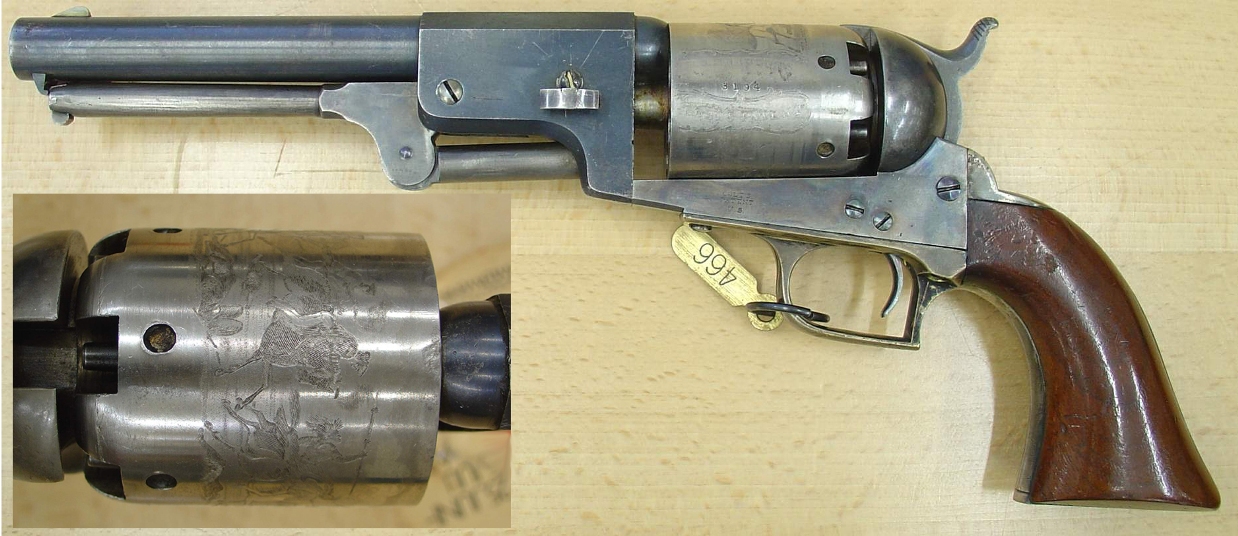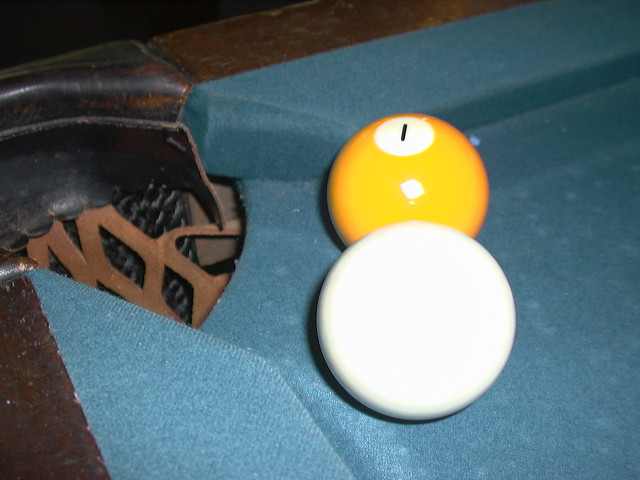|
Bella Union Hotel
The Bella Union Hotel in Los Angeles, California, constructed in 1835, is California Historical Landmark No. 656. It was effectively the last capitol building of Mexican California under Governor Pio Pico, in 1845–47, and was a center of social and political life for decades. The hotel was located at N. Main Street, on the east side, a few doors north of Commercial Street, which then ran east–west between Arcadia and Temple. The hotel was later known as the Clarendon and then as the St. Charles. History The building was thought to exist very close to the original site of Yaanga, a prominent Tongva (or Kizh) village. The one-story adobe structure was built in 1835 by "three American trappers" — William Wolfskill, Joseph Paulding and Richard Laughlin — as a home for Isaac Williams, a New England merchant who had arrived in Los Angeles in 1832. [...More Info...] [...Related Items...] OR: [Wikipedia] [Google] [Baidu] |
William Wolfskill
William Wolfskill (1798–1866) was an American-Mexican pioneer, cowboy, and agronomist in Los Angeles, California beginning in the 1830s. He had earned money for land in a decade as a fur trapper near Santa Fe, New Mexico, where he had become a Mexican citizen. This enabled him to own land in California. Wolfskill was highly influential in the development of California's agricultural industry in the 19th century, establishing an expanded viticulture and becoming the largest wine producer in the region. One of the wealthiest men for his time, he expanded his holdings, running sheep and cultivating oranges, lemons and other crops. He is credited with establishing the state's citrus industry and developing the Valencia orange. It became the most popular juice orange in the United States and was the origin of the name of Valencia, California. With his brother John Reid Wolfskill, in 1842 William bought a large parcel in the Sacramento Valley; they called this Rancho Rio de los Puto ... [...More Info...] [...Related Items...] OR: [Wikipedia] [Google] [Baidu] |
Horace Bell
Horace Bell (December 11, 1830 – June 29, 1918), was active in the American era of 19th century California, especially in the Los Angeles region. He was a Los Angeles Ranger, filibuster, soldier, lawyer, journalist and newspaper publisher, and author of two Southern California history books. History Horace Bell was born in Indiana on December 11, 1830. He was educated in Kentucky and then traveled to Hangtown (now Placerville, California) in August 1850 during the California Gold Rush. He spent two years mining with little success. In 1852 Bell came to Los Angeles to visit an uncle, Alexander Bell, who had settled there in 1842 and had become a wealthy and politically influential. Horace Bell was a founding member of the Los Angeles Rangers, a militia company that pursued outlaws in what was then the most violent and lawless county in America. In 1856, he left California to join in the Walkers Filibuster into Nicaragua, becoming a major in Walker's army. In 1859 he jo ... [...More Info...] [...Related Items...] OR: [Wikipedia] [Google] [Baidu] |
Louis Roeder
Louis Roeder (1835–1915) was a member of the governing body of Los Angeles, California, in the 19th century, who rose from being a pioneer blacksmith and carriage maker to one of the wealthiest landowners in the city. Personal Roeder was born in Germany in 1835 and emigrated to New York City in 1851, when he was fifteen years old. He remained there for six years and then, having heard "wonderful stories of California, and although not interested in the Gold Rush," he came to San Francisco via the Isthmus of Panama, and then south to San Pedro aboard the steamship ''Senator''. He lived for a time at the Bella Union Hotel near the Los Angeles Plaza. He was married to Wilhelmina Huth in 1886, and the entire town was invited to attend. Every one took a holiday and went to the wedding. There was a church ceremony and then the entire town went to the Old Mission where the banquet was spread. Every wagon, saddle horse and conveyance of every other kind was at a premium that day a ... [...More Info...] [...Related Items...] OR: [Wikipedia] [Google] [Baidu] |
Colt Revolver
Colt's Manufacturing Company, LLC (CMC, formerly Colt's Patent Firearms Manufacturing Company) is an American firearms manufacturer, founded in 1855 by Samuel Colt and is now a subsidiary of Czech holding company Colt CZ Group. It is the successor corporation to Colt's earlier firearms-making efforts, which started in 1836. Colt is known for the engineering, production, and marketing of firearms, most especially between the 1850s and World War I, when it was a dominating force in its industry and a seminal influence on manufacturing technology. Colt's earliest designs played a major role in the popularization of the revolver and the shift away from earlier single-shot pistols. Although Samuel Colt did not invent the revolver concept, his designs resulted in the first very successful ones. The most famous Colt products include the Colt Walker, made in 1847 in the facilities of Eli Whitney Jr., the Colt Single Action Army or Peacemaker, the Colt Python, and the Colt M1911 pisto ... [...More Info...] [...Related Items...] OR: [Wikipedia] [Google] [Baidu] |
Billiard Table
A billiard table or billiards table is a bounded table on which cue sports are played. In the modern era, all billiards tables (whether for carom billiards, pool, pyramid or snooker) provide a flat surface usually made of quarried slate, that is covered with cloth (usually of a tightly woven worsted wool called baize), and surrounded by vulcanized rubber cushions, with the whole thing elevated above the floor. More specific terms are used for specific sports, such as snooker table and pool table, and different-sized billiard balls are used on these table types. An obsolete term is billiard board, used in the 16th and 17th centuries. Parts and equipment Cushions Cushions (also sometimes called "rail cushions", "cushion rubber", or rarely "bumpers") are located on the inner sides of a table's wooden . There are several different materials and design philosophies associated with cushion rubber. These cushions are made from an elastic material such as vulcanized rubber (gum or sy ... [...More Info...] [...Related Items...] OR: [Wikipedia] [Google] [Baidu] |
Earthen Floor
An earthen floor, also called an adobe floor, is a floor made of dirt, raw earth, or other unworked ground materials. It is usually constructed, in modern times, with a mixture of sand, finely chopped straw and clay, mixed to a thickened consistency and spread with a trowel on a sub-surface such as concrete. Once dry, it is then usually saturated with several treatments of a drying oil. Benefits * Variety of colors, textures, and materials * Can be installed over nearly any subflooring * Integrates well with in-floor radiant heat tubing * One of the cheapest flooring methods, green or otherwise History Earthen floors were predominant in most houses until the mid 14th century in Europe, and persist to this day in many parts of the world. Gies, Frances & Gies, Joseph, Life in a Medieval Village In medieval times, almost all peasant housing had earthen floors, usually of hardpacked dirt topped off with a thin layer of straw for warmth and comfort. In China, most cottages and smal ... [...More Info...] [...Related Items...] OR: [Wikipedia] [Google] [Baidu] |
Editing
Editing is the process of selecting and preparing written, photographic, visual, audible, or cinematic material used by a person or an entity to convey a message or information. The editing process can involve correction, condensation, organisation, and many other modifications performed with an intention of producing a correct, consistent, accurate and complete piece of work. The editing process often begins with the author's idea for the work itself, continuing as a collaboration between the author and the editor as the work is created. Editing can involve creative skills, human relations and a precise set of methods. There are various editorial positions in publishing. Typically, one finds editorial assistants reporting to the senior-level editorial staff and directors who report to senior executive editors. Senior executive editors are responsible for developing a product for its final release. The smaller the publication, the more these roles overlap. The top editor ... [...More Info...] [...Related Items...] OR: [Wikipedia] [Google] [Baidu] |
Printer (publishing)
In publishing, printers are both companies providing printing services and individuals who directly operate printing presses. Printers can include: *Newspaper printers, often owned by newspaper publishers *Magazine printers, usually independent of magazine publishers *Book printers, often not directly connected with book publishers *Postcard printers *Stationery printers *Packaging printers * Trade printers, who offer wholesale rates within the printing industry *Wide-format printer Wide format printers (large format printers) are generally accepted to be any computer-controlled printing machines (printers) that support a maximum print roll width of between {{Convert, 18 and 100, in. Printers with capacities over 100 in w ...s, who specialize in wide format prints, such as signs and banners * Printmakers, artists who create their artworks using printing References * Printing Printing terminology Publishing {{Industry-stub de:Drucker (Beruf) diq:Neşırxane ... [...More Info...] [...Related Items...] OR: [Wikipedia] [Google] [Baidu] |
Los Angeles Star
''Los Angeles Star'' (''La Estrella de Los Angeles'') was the first newspaper in Los Angeles, California, U.S. The publication ran from 1851 to 1879. History Early history and background The first proposition to establish a newspaper in Los Angeles was made to the city council October 16, 1850. The minutes of the meeting on that date contain this entry: "Theodore Foster petitions for a lot situated at the northerly corner of the jail for the purpose of erecting thereon a house to be used as a printing establishment. The council—taking in consideration the advantages which a printing house offers to the advancement of public enlightenment, and there existing as yet no such establishment in the city: Resolved. That for this once only a lot from amongst those that are marked on the city map be given to Mr. Theodore Foster for the purpose of establishing thereon a printing house; and the donation be made in his favor because he is the first to inaugurate this public benefit." Th ... [...More Info...] [...Related Items...] OR: [Wikipedia] [Google] [Baidu] |
Frame House
Framing, in construction, is the fitting together of pieces to give a structure support and shape. Framing materials are usually wood, engineered wood, or structural steel. The alternative to framed construction is generally called ''mass wall'' construction, where horizontal layers of stacked materials such as log building, masonry, rammed earth, adobe, etc. are used without framing. Building framing is divided into two broad categories, heavy-frame construction (heavy framing) if the vertical supports are few and heavy such as in timber framing, pole building framing, or Steel frame, steel framing; or light-frame construction (light-framing) if the supports are more numerous and smaller, such as balloon, platform, or light-steel framing. Light-frame construction using standardized dimensional lumber has become the dominant construction method in North America and Australia due to the economy of the method; use of minimal structural material allows builders to enclose a large ... [...More Info...] [...Related Items...] OR: [Wikipedia] [Google] [Baidu] |




